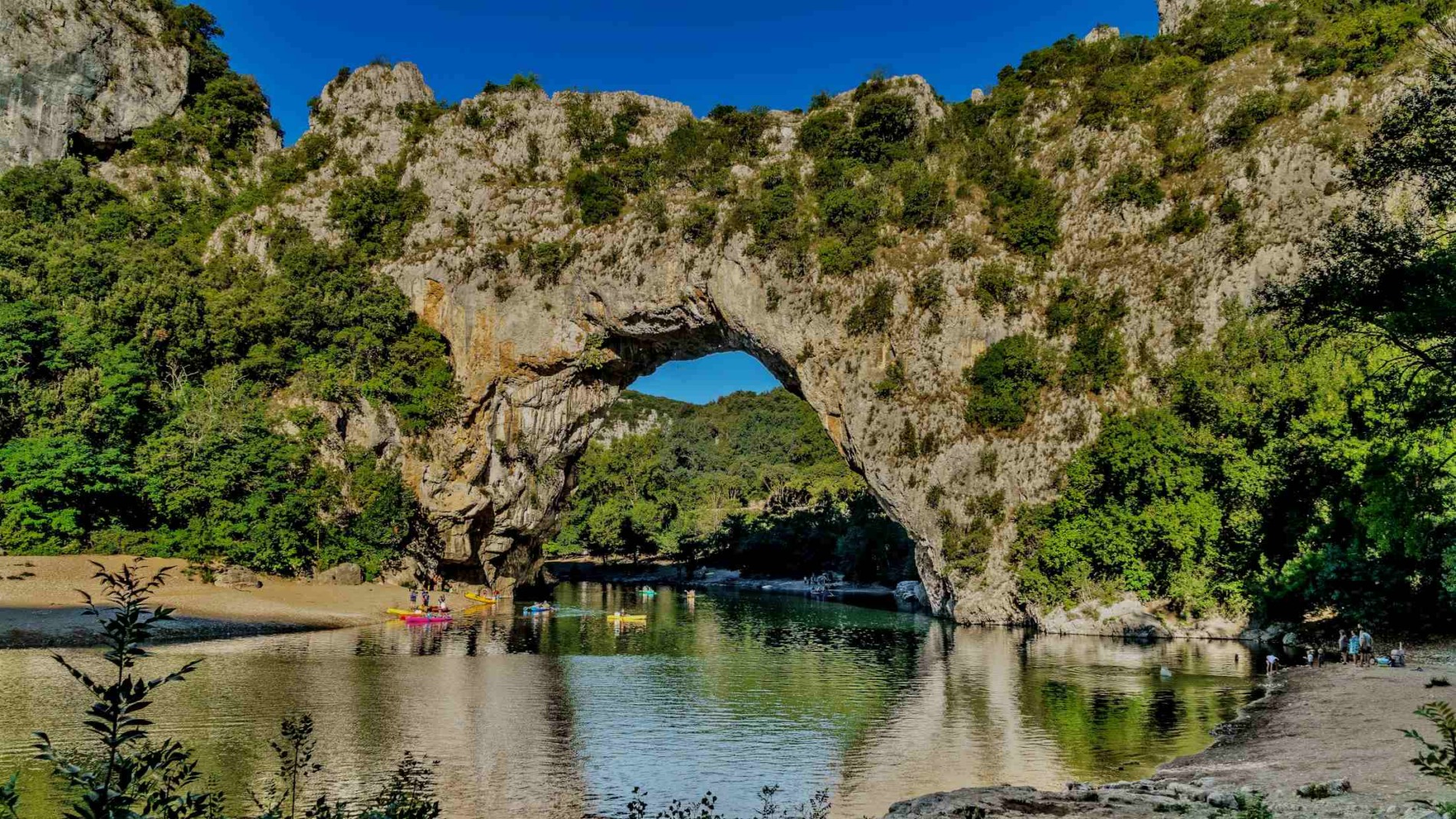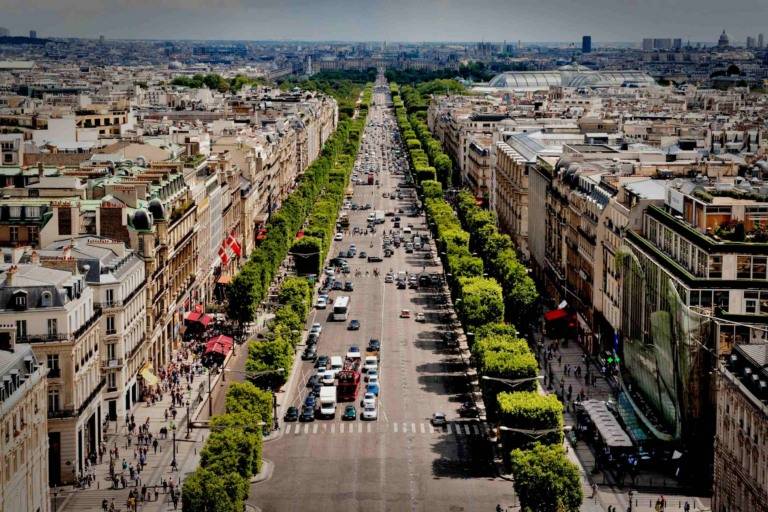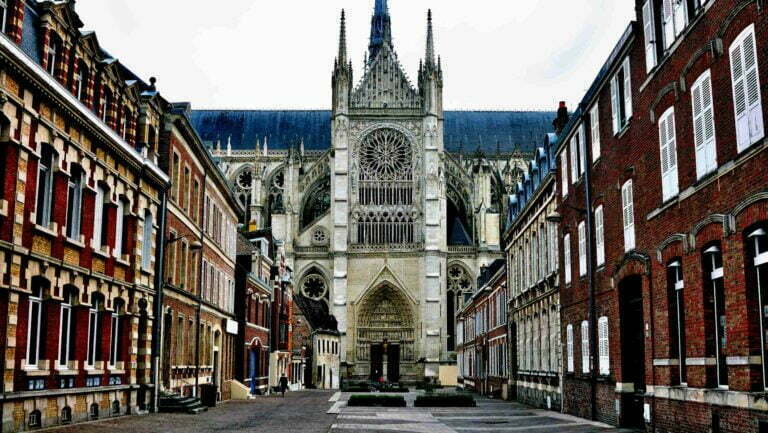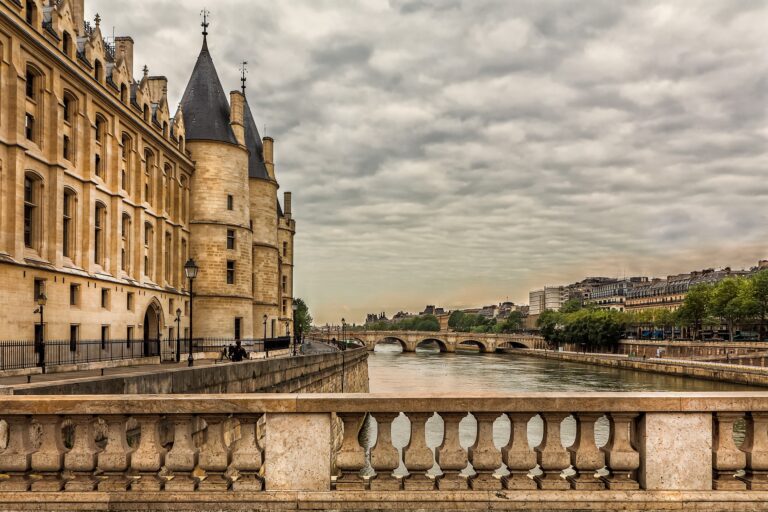The Chauvet Cave, also known as the Decorated Cave of Pont d’Arc or Grotte Chauvet-Pont d’Arc, is a remarkable archaeological and cultural site located in the Ardèche region of southeastern France. It holds immense historical and scientific significance due to its ancient rock art, which provides valuable insights into prehistoric human culture. Here’s a closer look at the Chauvet Cave:
Decorated Cave of Pont d’Arc, known as Grotte Chauvet-Pont d’Arc, Ardèche
1. Ancient Rock Art:
The Chauvet Cave contains some of the earliest known examples of prehistoric cave art, dating back approximately 36,000 years. The art found within the cave consists of intricate drawings and paintings of animals, including mammoths, horses, rhinoceroses, lions, and various other creatures. These images were created using techniques such as charcoal and ochre pigments.
2. Preservation and Discovery:
The cave was sealed off by a rockfall around 20,000 years ago, which contributed to the preservation of its pristine condition. In 1994, the cave was rediscovered by a team of cave explorers led by Jean-Marie Chauvet, after whom the cave is named. The discovery was significant as it revealed a treasure trove of well-preserved prehistoric art.
3. UNESCO World Heritage Site:
The Chauvet Cave was designated a UNESCO World Heritage Site in 2014 due to its exceptional cultural and scientific value. Its ancient art provides insights into the artistic and symbolic capabilities of early humans, shedding light on their way of life, beliefs, and interactions with the natural world.
4. Replica and Conservation:
To protect the fragile cave environment and its artwork, access to the original cave is restricted to a select few scientists. However, a replica known as the Chauvet 2 Cave, or Chauvet-Pont-d’Arc Cave, was created nearby and opened to the public. This replica allows visitors to experience the cave’s art and atmosphere without causing harm to the original site.
5. Research and Understanding:
The Chauvet Cave has revolutionized our understanding of prehistoric art and the capabilities of early humans. The exquisite art found within the cave challenges the notion that complex artistic expression emerged relatively recently in human history.
6. Human-Animal Relationship:
The depictions of animals in the cave art hint at the relationship between prehistoric humans and the animals they encountered. The detailed renditions suggest a deep connection with and reverence for the natural world.
The Chauvet Cave stands as a testament to the artistic and cultural achievements of our ancient ancestors. Its discovery and subsequent study have illuminated the rich history of human creativity and the complex relationship between early humans and the environment.
Things to do near Chauvet Cave France
The Chauvet Cave is located in the Ardèche region of southeastern France, an area known for its natural beauty, historic sites, and outdoor activities. If you’re visiting the Chauvet Cave and are looking for things to do nearby, here are some recommendations:
7. Aven d’Orgnac: This is a stunning underground cave complex with impressive stalactites and stalagmites. It also has an educational center that provides insights into the geology and history of the region.
8. Pont d’Arc Natural Bridge: This natural rock formation spans the Ardèche River and is a popular spot for kayaking, canoeing, and swimming. The views of the river and the surrounding landscape are breathtaking.
9. Ardèche Gorges: Explore the picturesque Ardèche Gorges, either by driving along the scenic roads or hiking some of the trails. The gorges offer stunning vistas, rock formations, and opportunities for outdoor activities.
10. Vallon-Pont-d’Arc: This charming village is a great place to wander around, shop for local crafts, and enjoy a leisurely meal at a café. It’s located near the Pont d’Arc and offers beautiful views of the river.
11. Musée de la Lavande: Learn about the history and cultivation of lavender in this museum. It’s a great opportunity to immerse yourself in the scents and culture of the region.
12. Caverne du Pont d’Arc (Chauvet 2): Visit the replica of the Chauvet Cave, which provides an opportunity to experience the prehistoric artwork up close while protecting the original cave.
13. Hiking and Nature: The Ardèche region offers numerous hiking trails that wind through forests, along rivers, and through picturesque landscapes. It’s a great way to enjoy the natural beauty of the area.
14. Local Markets: Check out the local markets in towns and villages nearby. These markets are a great way to experience local culture, buy regional products, and interact with the locals.
15. Outdoor Activities: The region is known for outdoor adventure activities such as kayaking, canoeing, rock climbing, and caving. You can find guided tours and equipment rentals for these activities.
16. Wine Tasting: Ardèche is part of the Rhône Valley wine region. Consider visiting local wineries to taste some of the delicious wines produced in the area.
Remember that the availability of activities might vary depending on the season and local conditions. It’s a good idea to check with local tourism offices for the most up-to-date information and recommendations tailored to your visit.






